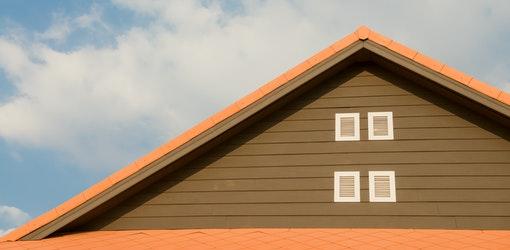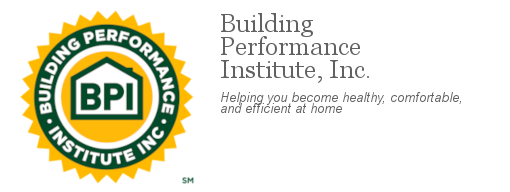Even the most diligent homeowners have difficulty with mold. With the many ways mold can infiltrate a home, it's often challenging to prevent or protect against. Despite this, there are still strategies to safeguard your property against mold. In fact, most of the standard precautions are relatively simple.
It's best to start with an understanding of what causes mold in the first place. In truth, a mold problem is often a moisture problem. Moisture is the key cause of mold growth, as the other factors that allow it to spread — such as darkness, warmth and oxygen — are already present in your home.
How should you address the issue of moisture? What steps can you take to pre-empt the spread of mold?

1. Leaks
A proactive approach is always preferable to damage control. Leaks are a common cause of mold growth, so you should inspect your home in advance of an issue. It won't take you much time, and you'll feel far more comfortable knowing you're safe.
For example, a leaking roof will sometimes lead to mold in the attic. These leaks aren't always obvious, and some homeowners don't notice the problem until they see water stains in the ceiling. By then, it's too late to fix the broken shingle before it creates problems within your home.
Whether you conduct an inspection on your own or consult a professional, you should evaluate your property and search for potential leaks in the building frame. If you take the proper precautions, and check your attic regularly, you'll reinforce your defenses against mold and limit opportunities for growth.
2. Humidity
Poor ventilation has the potential to create pockets of stagnant, moist air. These pockets are conducive to mold growth, creating an environment that fosters its development and expansion. Something as simple as the steam from your shower is enough to cause problems if you don't have adequate air circulation.
You can address issues of poor ventilation and humidity with HVAC maintenance. When you take care of your A/C unit and keep it operating at peak performance, you'll eliminate some of the conditions that allow for mold to spread. In this regard, calling an HVAC technician is a smart precaution.
If you want to handle your system on your own, you should check your air filters, remove debris from your outdoor unit and move heat-producing objects away from your thermostat. Whatever you choose to do, remember that an efficient HVAC system is a powerful preventive measure against mold.
3. Flooding
Some homeowners aren't concerned with flooding, as they don't live in high-risk areas where they're susceptible to storms and rising waters. Even so, flooding can happen to anyone. A pipe could burst and flood your basement in a matter of minutes, causing considerable damage that is difficult to contain.
More than that, mold only needs a suitable surface remaining wet for 24 hours before it can grow. In the event of flooding from a natural disaster or burst pipe, you must thoroughly clean and dry the affected areas to the best of your ability. If you find a spot where mold has started to develop, you have other options.
If you need a substance to remove mold growth, use soap and water or a variety of commercial solutions available at your local home improvement store. That said, you should consult the EPA guide "Mold Remediation in Schools and Commercial Buildings" for an area of growth greater than 10 square feet.
Preventing Mold in the Home
Now that you understand some of the common causes of mold — and methods for addressing them — you're better equipped to handle the issue. Take precautions to secure your home against moisture. A small adjustment can make a big difference, so evaluate your options today.

Follow us